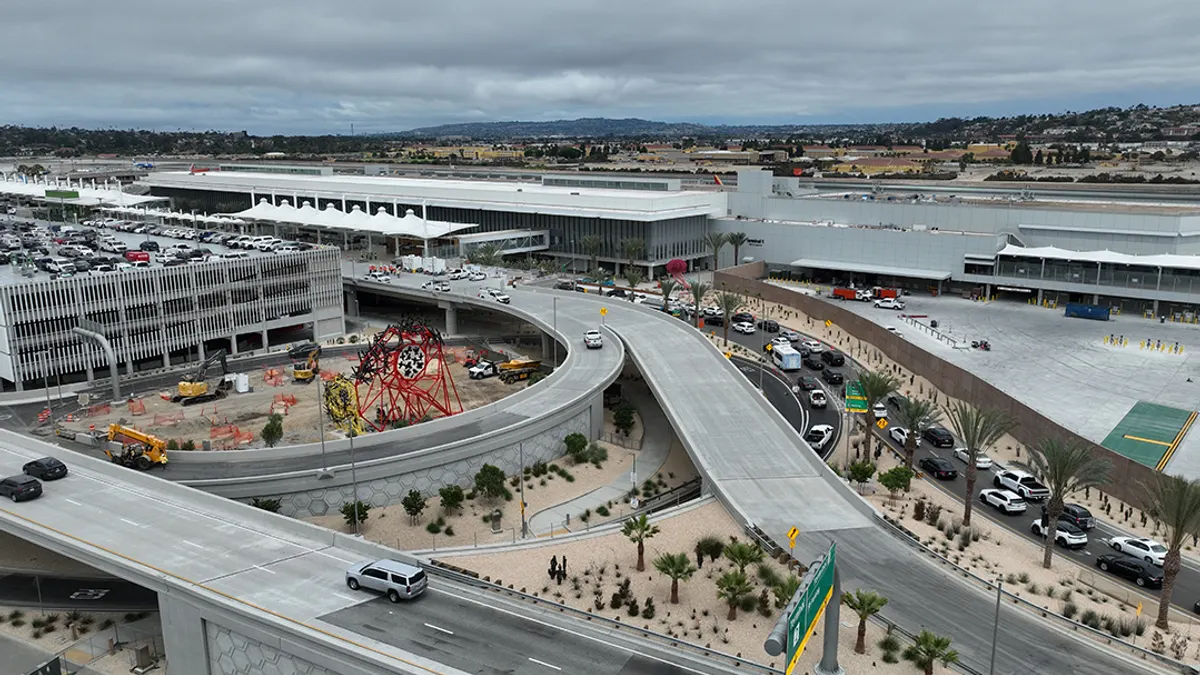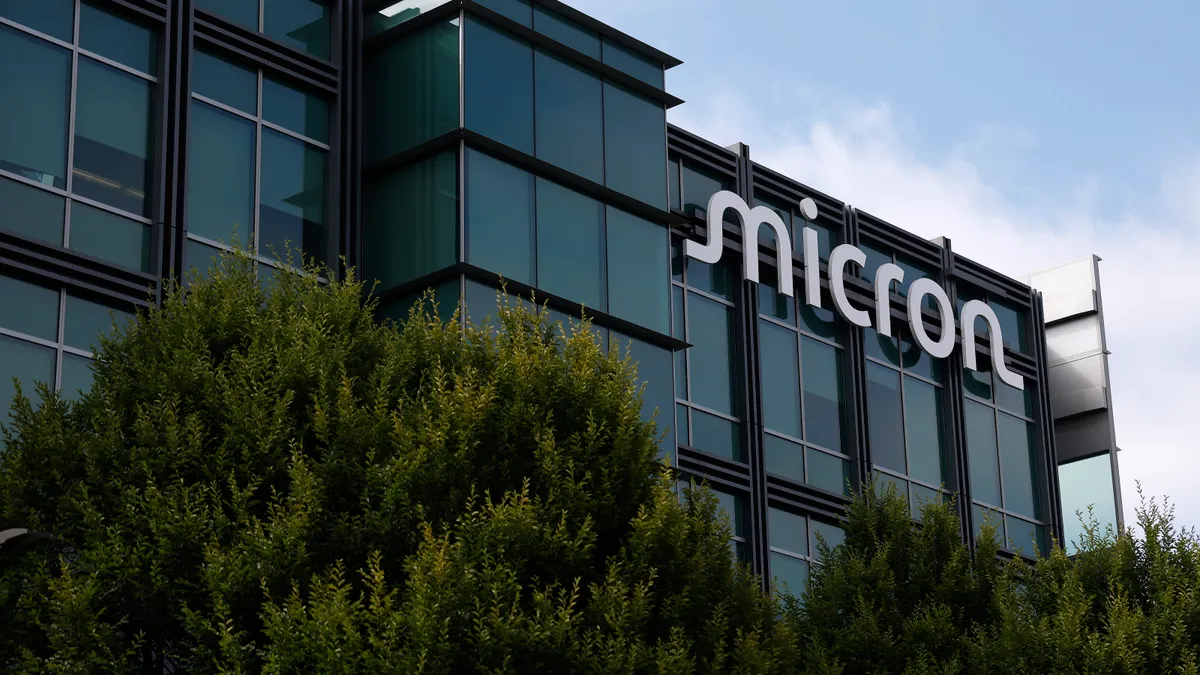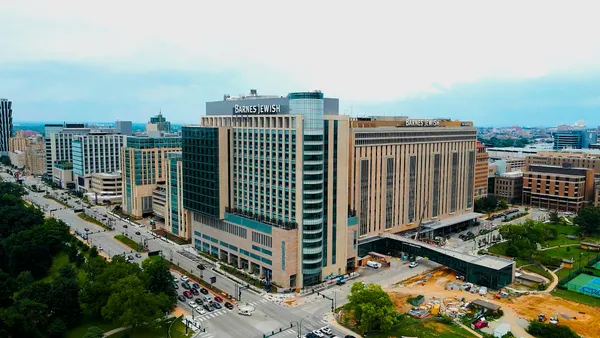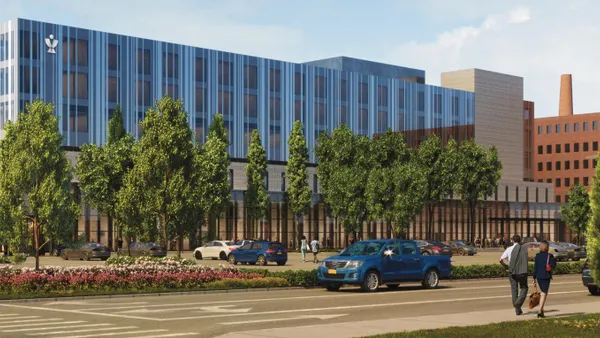Talk early. Talk often. Talk honestly.
That was the key insight from expert panelists discussing how to minimize disputes on major public construction projects during Construction Dive’s Wednesday event, “Threat assessment: Minimizing disputes in public contracting.”
Panelists said the biggest value-add for these projects is to utilize a progressive design-build delivery method, which in particular relies on open communication through every stage of the process between stakeholders.
“I think the critical thing on all construction projects is really to have collaborative, open communication,” said Lisa Love, mediator and arbitrator for alternative dispute resolution provider JAMS. “I think the breakdown in communication really can have a snowball effect. And I think open communication and various other things that you can put in place will help facilitate the project.”
Estimates place around $500 billion in the pipeline for U.S. megaprojects, Love said.
Major civil jobs remain a hot market. Even with economic headwinds at the federal level, demand remains high in states and cities, said Mary Scott Nabers, president and CEO of research strategy firm Strategic Partnerships.
“A lot of DOTs right now are on total hold because of supply chain, because of inflation, because of tariffs,” said Nabers. “But the amazing thing is that state and local government jurisdictions have not slowed down the construction projects at all.”
Delivery methodology
With progressive design-build, “you can design and phase the project so that you’re starting construction on the project much much earlier,” said Chris Burke, vice president and regional manager of Granite Construction.
Meanwhile, other delivery methods often don’t emphasize communication, Burke said.
“If we were starting from day one after the price is submitted, you could see that there's no conversations on how we're going to go build that project. And then inherently, it's more challenging,” he said.
Nabers said she encourages clients to pursue new ideas that help foster collaboration, deliver projects faster and share the risk.
Steve Rule, vice president for Turner Construction, described the progress made in delivery methods since he started his 40-year career as “light years” ahead. With the advancements in progressive design-build “each step along the way increases that collaboration,” Rule said, “And I believe delivers a better product. And anecdotally, as far as I'm concerned, with much less disputes.”
Straight talk
On massive projects, the most common disputes creating delays involve design issues, change in scope of work and late information sharing, according to Love. On average, she said, that can extend a major project by 16 months.
Clayton Gilliland, president of Alameda, California-based contractor Stacy Witbeck, emphasized what many already know: Time is money.
“When an issue becomes time related, that's when the costs become staggering,” he said. “And so anything we can do to solve these issues and keep the project moving, that's what we're all about.”
And, as much as stakeholders may try, “you cannot contract your way around disputes,” Love said. “Disputes are inevitable.”
On the construction of new Terminal 1 at San Diego International Airport, Rule, the project director, said the building team ran into challenges. When designs indicated a higher cost than originally budgeted — in part due to the onset of the COVID-19 pandemic — Turner and JV partner FlatironDragados had to work with the airport to figure out how to proceed.
“We were able to continue the project under some pretty tough circumstances,” Rule said. “And that all goes to the fact of that early involvement of the contractor and the design team.”
In the absence of an impossibly perfect contract with all dispute resolution laid out, clear, honest communication — with everyone in the same space — is key, Gilliland said. Sometimes, that honesty may be tough, but it’s vital to success, he added.
“I think as a culture, maybe we're a little passive aggressive,” Gilliland said. “Maybe we sugarcoat things a little too much. If we could be more efficient. Tell it like it is.”
To watch the full event, click here.
Correction: A previous version of this article misidentified Stacy Witbeck's headquarters. It is Alameda, California.













